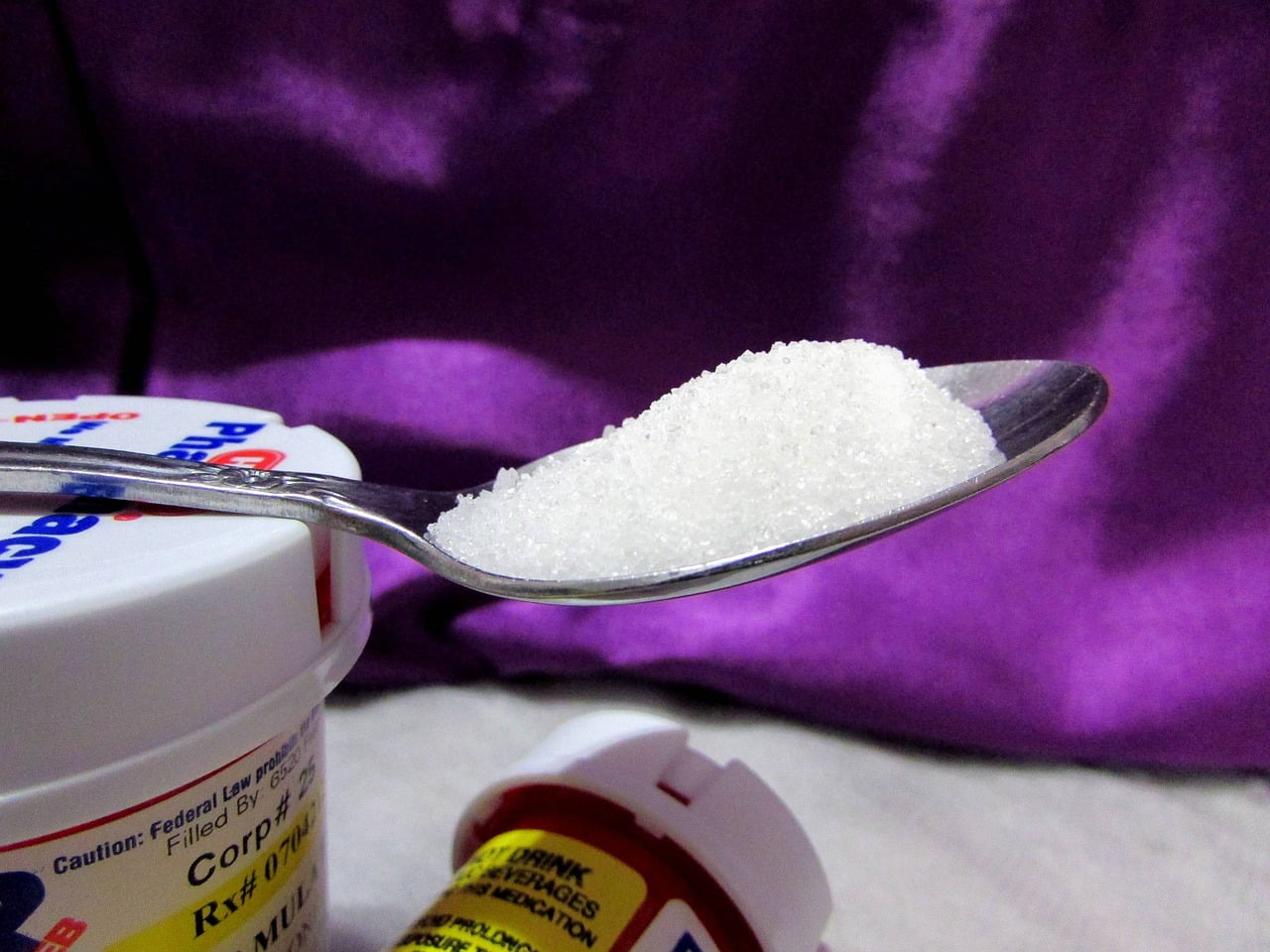What Is The Cause Of Diabetes
The truth is, it’s NOT about skinny vs. fat.
It’s NOT about how much fat your body stores… it’s about where your body stores that fat.
Diabetes Mellitus is a disease in which the pancreas produces little or no insulin, a hormone that helps the body’s tissues absorb glucose (sugar) so it can be used as a source of energy. The condition may also develop if muscle, fat, and liver cells respond poorly to insulin.
What are the 3 most common symptom of undiagnosed diabetes?
The three most common symptoms of people with diabetes, is when glucose levels build up in the blood and urine, causing excessive urination, thirst, hunger, and problems with fat and protein metabolism.
Diabetes mellitus differs from the less common diabetes insipidus, which is caused by lack of the hormone vasopressin that controls the amount of urine secreted.
Diabetes is most common in adults over 45 years of age; in people who are overweight or physically inactive; in individuals who have an immediate family member with diabetes; and in people of African, Hispanic, and Native American descent.
The highest rate of diabetes in the world occurs in Native Americans. More women than men have been diagnosed with the disease.
What is the difference between Type 1 and 2 diabetes?
There are two types of diabetes. In type 1 diabetes, which usually starts in childhood, the pancreas stops making insulin altogether. It is also called insulin-dependent diabetes.
In type 2 diabetes, which starts in adulthood (and in some teenagers) the body still makes some insulin. But it doesn’t make enough insulin, or the body can’t use it properly. It is also called non-insulin-dependent diabetes.
How can I test myself for diabetes?
Diabetes is detected by measuring the amount of glucose in the blood after an individual has fasted (abstained from food) for about eight hours. In some cases, physicians diagnose diabetes by administering an oral glucose tolerance test, which measures glucose levels before and after a specific amount of sugar has been ingested.
Another test being developed for Type 1 diabetes looks for specific antibodies (proteins of the immune system that attack foreign substances) present only in persons with diabetes. This test may detect Type 1 diabetes at an early stage, reducing the risk of complications from the disease.
Once diabetes is diagnosed, treatment consists of controlling the amount of glucose in the blood and preventing complications. Depending on the type of diabetes, this can be accomplished through regular physical exercise, a carefully controlled diet, and medication.
Individuals with Type 1 diabetes require insulin injections, often two to four times a day, to provide the body with the insulin it does not produce. The amount of insulin needed varies from person to person and may be influenced by factors such as a person’s level of physical activity, diet, and the presence of other health disorders.
How do you know when blood sugar is high?
Typically, individuals with Type 1 diabetes use a meter several times a day to measure the level of glucose in a drop of their blood obtained by pricking a fingertip. They can then adjust the amount of insulin injected, physical exercise, or food intake to maintain the blood sugar at a normal level.
People with Type 1 diabetes must carefully control their diets by distributing meals and snacks throughout the day so as not to overwhelm the ability of the insulin supply to help cells absorb glucose. They also need to eat foods that contain complex sugars, which break down slowly and cause a slower rise in blood sugar levels.
What is good control of type 2 diabetes?
For persons with Type 2 diabetes, treatment begins with diet control, exercise, and weight reduction, although over time this treatment may not be adequate.
People with Type 2 diabetes typically work with nutritionists to formulate a diet plan that regulates blood sugar levels so that they do not rise too swiftly after a meal. A recommended meal is usually low in fat (30 percent or less of total calories), provides moderate protein (10 to 20 percent of total calories), and contains a variety of carbohydrates, such as beans, vegetables, and grains.
Regular exercise helps body cells absorb glucose—even ten minutes of exercise a day can be effective. Diet control and exercise may also play a role in weight reduction, which appears to partially reverse the body’s inability to use insulin

A brilliant but troubled medical researcher just discovered the real cause of Type 2 Diabetes……and created a solution that could end Type 2 Diabetes forever.
On the ist december 2015,
Dr. Roy Taylor of Newcastle University and he solved a medical mystery:
He discovered the real cause of Type 2 Diabetes (and it’s NOT what doctors thought).
Type 2 Diabetes occurs when your body creates fat deposits in 1 deadly location in your body.
Armed with this new discovery…
Dr. Taylor created an “at-home” method to destroy those diabetes-causing fat deposits.
He proved his method works in scientific trials, and now his method is available to the public.
You can try it for yourself today, and never again have to stick yourself with painful test needles.
To start using Dr. Taylor’s at-home method to destroy your Type 2 Diabetes, click the link below. Check The Diabetes Lie to access the at-home method to destroy your Type 2 Diabetes.
Related articles:
Five Foods That Fight Belly Flab
The No.1 Reason Why Shockingly Most Diets Fail
Thе Fastest Wау Tо Lose Weight In 4 Weeks

